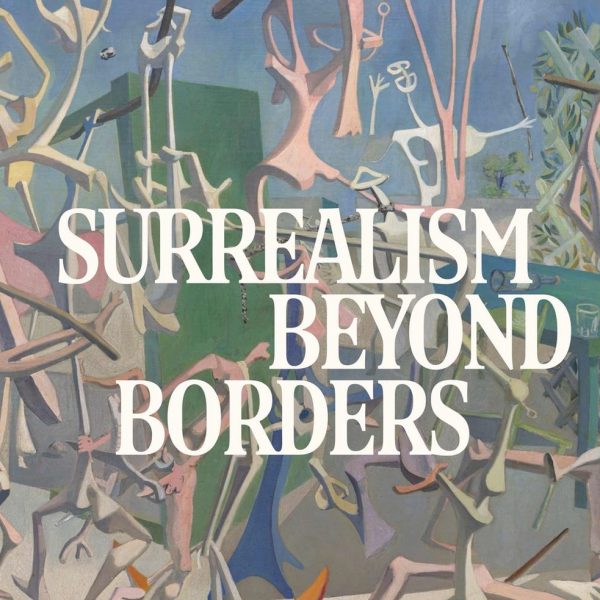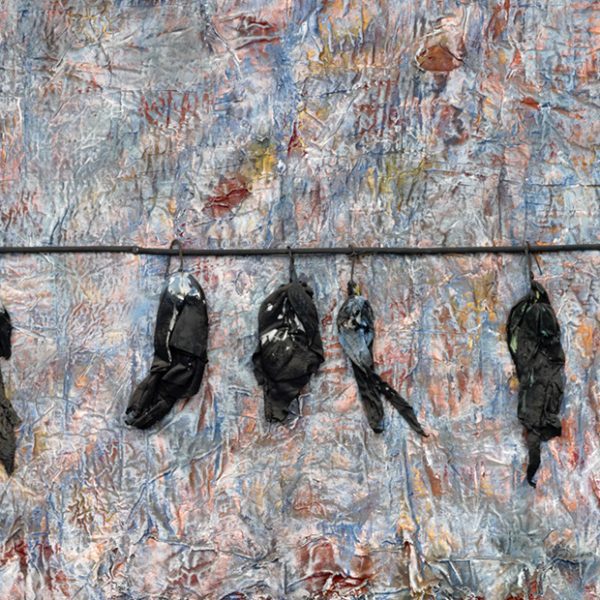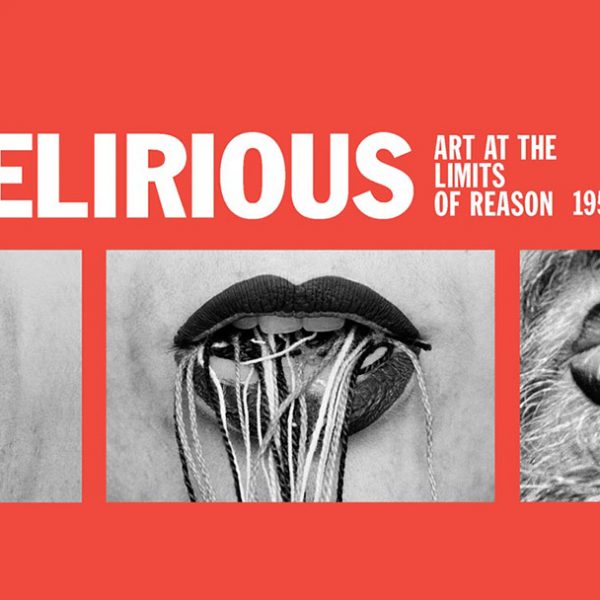Feliz cumpleaños et bon anniversaire, señor Picasso
Ivy Sanders Schneider–
Tomorrow, Saturday, October 25th marks Pablo Picasso’s 133rd birthday and the reopening of Paris’s Museé de Picasso. This year is also the 113th anniversary of his Blue Period, the 77th anniversary of his painting Guernica, and the 105th anniversary of the birth of Cubism, the history of which is documented in an important new book, Cubism: The Leonard A. Lauder Collection, edited by Emily Braun and Rebecca Rabinow (Published by The Metropolitan Museum of Art / Distributed by Yale University Press). Although the term was coined by critic Louis Vauxcelles in reference to Georges Braque’s 1908 painting Houses at L’Estaque and related works, which Vauxcelles called “bizarrieres cubiques” (cubic oddities), Picasso was flattening his paintings and introducing geometric abstracted forms in 1907’s Les Demoiselles d’Avignon, and 15 years earlier Paul Cézanne was already beginning to fracture planes and perspective in his still-life paintings.
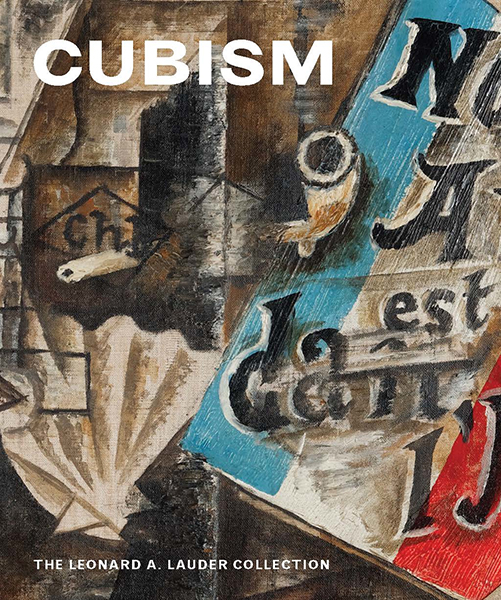 While they were influenced by their contemporaries, Braque and Picasso are widely considered to be the fathers of Cubism. They were in frequent contact in the years leading up to World War I, and as a result the movement developed as a conversation, eventually widening to include artists such as Spain’s Juan Gris and France’s Fernand Léger (who, between 1909 and 1919, experimented with Tubism, a derogatory term used to describe the abstraction of cylinders through Cubism). Despite initial critical derision, Cubism grew to be hugely influential, and the 1913 International Exhibit of Modern Art (also known as the Armory Show), featured in the recently-published volume The Age of Picasso and Matisse by Stephanie D’Alessandro, went on to alter the course of contemporary American art.
While they were influenced by their contemporaries, Braque and Picasso are widely considered to be the fathers of Cubism. They were in frequent contact in the years leading up to World War I, and as a result the movement developed as a conversation, eventually widening to include artists such as Spain’s Juan Gris and France’s Fernand Léger (who, between 1909 and 1919, experimented with Tubism, a derogatory term used to describe the abstraction of cylinders through Cubism). Despite initial critical derision, Cubism grew to be hugely influential, and the 1913 International Exhibit of Modern Art (also known as the Armory Show), featured in the recently-published volume The Age of Picasso and Matisse by Stephanie D’Alessandro, went on to alter the course of contemporary American art.
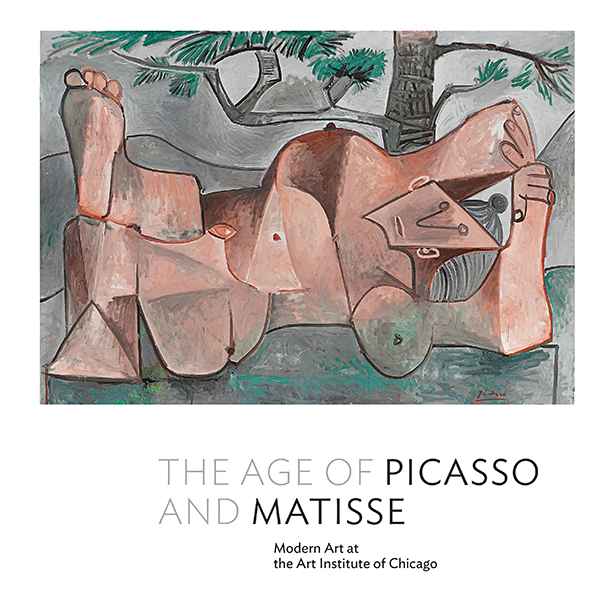 Picasso continually evolved his style over his 50 year career, transitioning from analytical cubism to synthetic cubism to neoclassicism, even incorporating surrealist and primitivist influences. He expanded into a variety of media — poetry, ceramics, stage design — and as his output diversified, so did his sources of inspiration: an African art exhibition at Palais du Trocadéro in 1907 began Picasso’s proto-Cubist period, and later, World War I, the Spanish Civil War, his lovers, and his interests in classical and contemporary literature were developed into works of art. In the 1930s especially, Picasso became fascinated with Greek myths, creating such works as Minotaur Caressing Sleeping Woman (1933, printed 1939); Faun, Horse, and Bird (1936); and Minotaur Moving House (1936), some of which are documented — along with other mythological works — in Ovid and the Metamorphoses of Modern Art from Botticelli to Picasso, a new book by Paul Barolsky. Professor Barolsky’s book is “a meditation on what words can achieve that images cannot, and conversely what images can show that words cannot tell,” an issue that concerned Picasso as he produced pioneering work in writing, painting, sculpture and printing, exploring new modes of expression with each new material. It’s no wonder that Picasso found inspiration in Ovid’s works, Ovid who wrote, “everything changes, and nothing perishes,” words that find resonance in Picasso’s vast and varied legacy.
Picasso continually evolved his style over his 50 year career, transitioning from analytical cubism to synthetic cubism to neoclassicism, even incorporating surrealist and primitivist influences. He expanded into a variety of media — poetry, ceramics, stage design — and as his output diversified, so did his sources of inspiration: an African art exhibition at Palais du Trocadéro in 1907 began Picasso’s proto-Cubist period, and later, World War I, the Spanish Civil War, his lovers, and his interests in classical and contemporary literature were developed into works of art. In the 1930s especially, Picasso became fascinated with Greek myths, creating such works as Minotaur Caressing Sleeping Woman (1933, printed 1939); Faun, Horse, and Bird (1936); and Minotaur Moving House (1936), some of which are documented — along with other mythological works — in Ovid and the Metamorphoses of Modern Art from Botticelli to Picasso, a new book by Paul Barolsky. Professor Barolsky’s book is “a meditation on what words can achieve that images cannot, and conversely what images can show that words cannot tell,” an issue that concerned Picasso as he produced pioneering work in writing, painting, sculpture and printing, exploring new modes of expression with each new material. It’s no wonder that Picasso found inspiration in Ovid’s works, Ovid who wrote, “everything changes, and nothing perishes,” words that find resonance in Picasso’s vast and varied legacy. 
Ivy Sanders Schneider, a sophomore English major in Yale College, is an art & architecture intern at Yale University Press.























